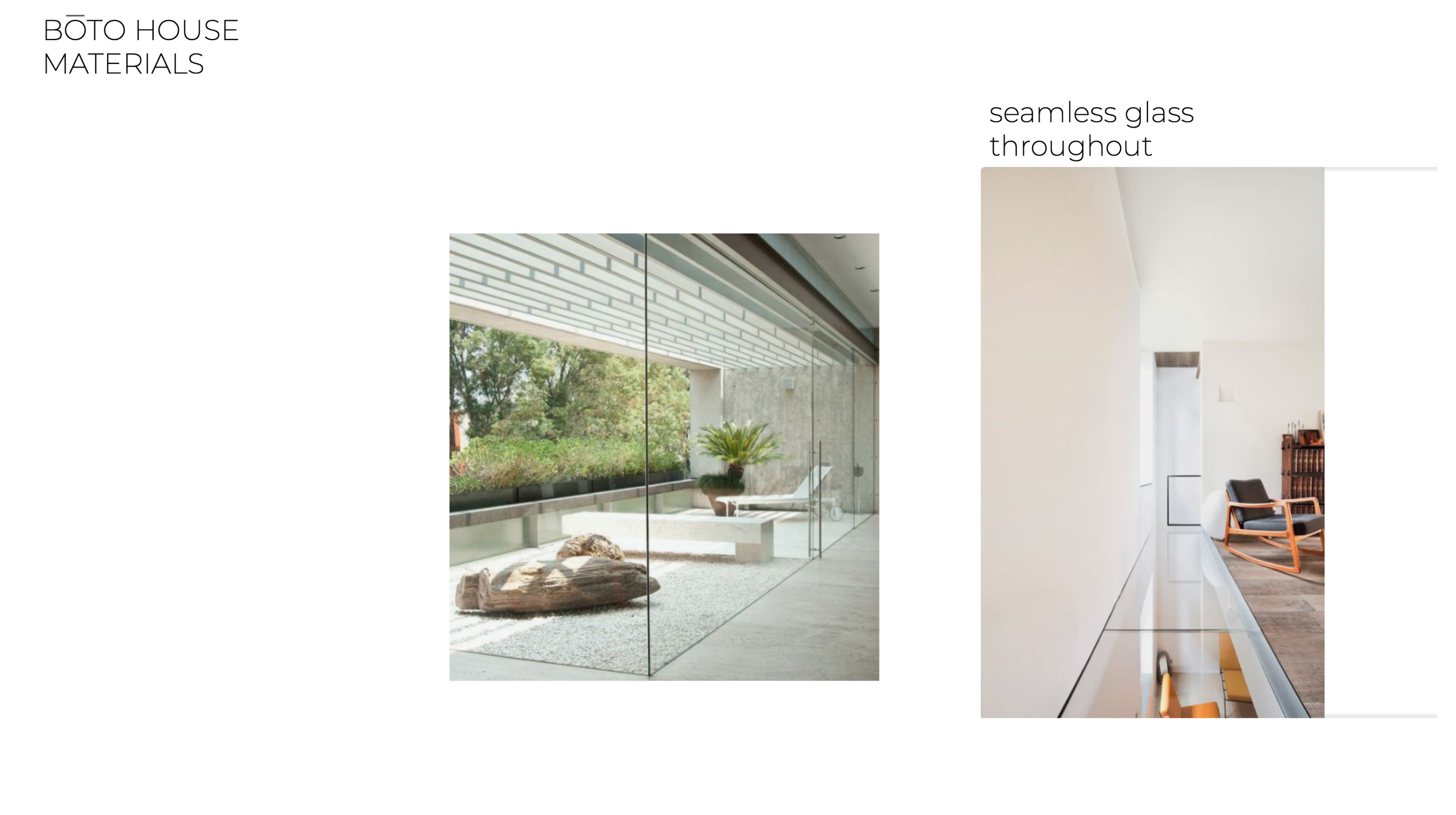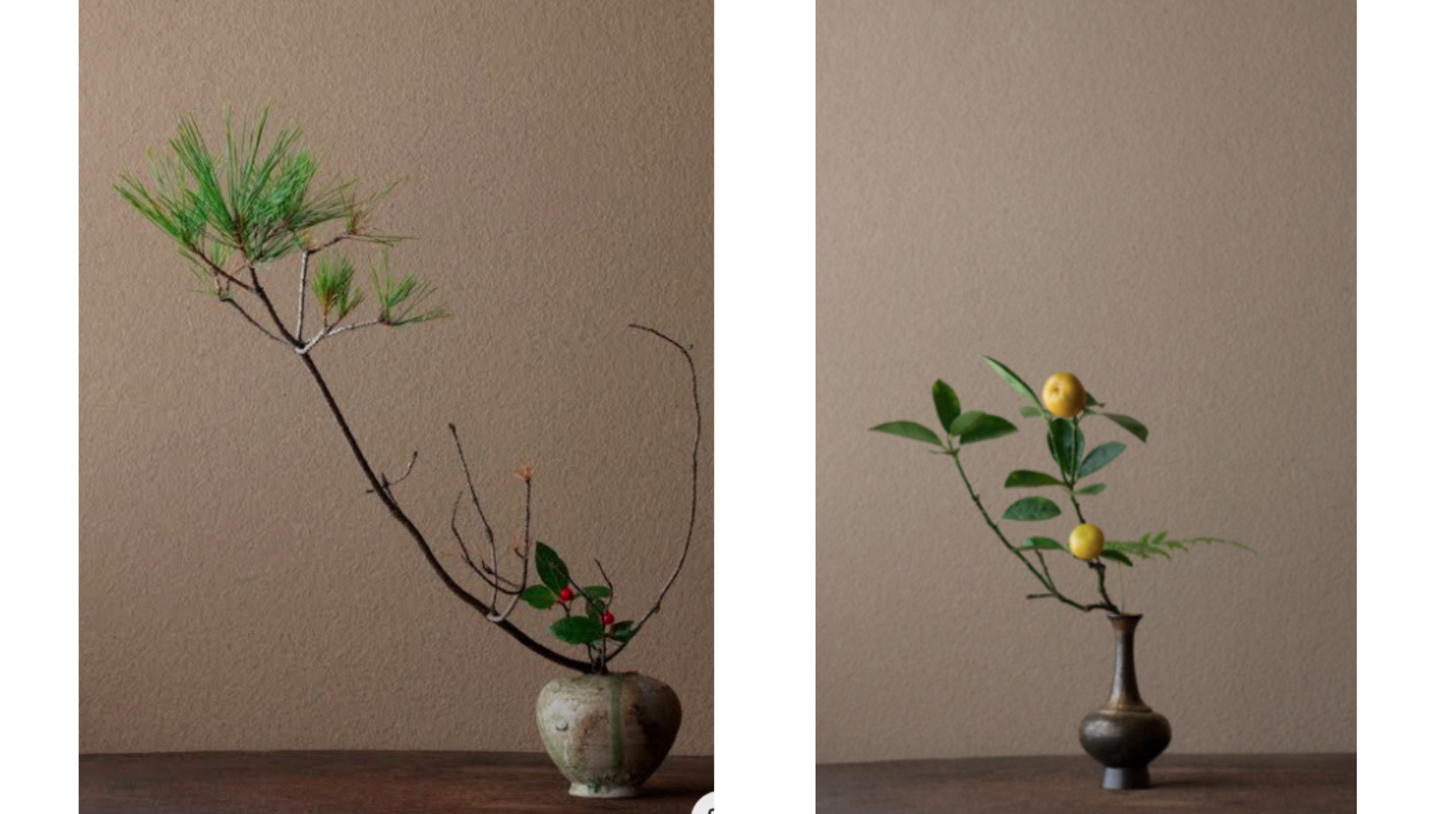
resurfacing heritage & Admiration.
-
It all begins with an idea. Maybe you want to launch a business. Maybe you want to turn a hobby into something more.
-
It all begins with an idea. Maybe you want to launch a business. Maybe you want to turn a hobby into something more.
-
It all begins with an idea. Maybe you want to launch a business. Maybe you want to turn a hobby into something more.
The boat.
With the premise of an old boathouse as the container of a space serving a specific sector, I imagined an art gallery and cultural center to honor Japanese immigrants and Americans of Japanese descent. I located it in the Palos Verdes Peninsula where the Japanese community has a rich history and neighbors the largest Japanese community in the country.
The gallery space is meant to host the work of current Japanese artists as well as artists from any ethnic descent and nationality that thoughtfully revise traditional Japanese visual arts.
Drawing from the Japanese modernism that shaped this town in the 1920s, the space is designed as a highly accessible floor plan with two glass towers added on that serve as skylights filling the main gallery and adjacent glass rooms with natural light. The second floor is subtly shaped as a hung boat over the first nodding to the maritime lineage of culture and place (Palos Verdes used to be an island). a series of elongated reflective-pools inspired by natural waterways are combined with pond-like ones under the elevated cafe area and the main stairs.
Present-day Japanese designers and local natural materials like oversized boulders coming through the cafe walls, add further context to the cultural site.

























The Gallery.
(As seen above) The Curation Room, Curator’s Office and Lecture Hall designed in a conservatory all-glass style around the main gallery plays with the idea of the craft behind the art as exhibit-worthy in itself.
Now Showing
I named the exhibit ‘Gaps, Cracks and Pauses’ after the three Japanese techniques showcased in the imagined inaugural show; ikebana, raku and kintsugi, as well as the physical gallery space design composed by slightly raised floors over water, stepping stone like moments and contemplative ample areas and corners.
Display Design & Exhibit Curation
The Art.
Choosing the Ikebana artwork as a starting point -as I found it the most challenging- I wanted to showcase the delicate work of Toshiro Kawase without distractions. Since this art form often works with materials we can encounter in our daily lives but focuses on it’s curation and arrangement (opposed to a Raku plate), I wanted to place it against a solid background that wouldn’t move and therefore change, allowing for the stillness necessary to freely capture it.
Drawing from the prevalent religions in Japan Shinto and Buddhism that worship in domestic altars and public shrines, I thought a display structure conducive to an intimate moment to the piece could bring the viewer closer to the awe the artist felt when reaching that quiet, meditative state that these techniques often hold as the means more than the end piece.
The custom display pedestal consists of two separate structures that interact as a single piece;
The first is an oblique pedestal shaped as an inverted triangle with a smaller, up right triangular base giving the illusion of being off-centered. This choice comes from a desire to further the tension between fragility and balance the selected artworks naturally posses and thrive on supporting the works in a more seamless way. The visibly sturdy materiality counterbalances this effect making it just enough to not be distracting.
The second is a curved divider-like piece serving as background for each artwork. Also made out of hempcrete, it creates looks to create a dynamic yet intimate moment with the piece as if in a small half-room that invites to stop but also to pass by as many of the pieces’ lessons, one could say, and their freedom lies on the premise of impermanence.




















Zhu Ohmu, kintsugi.
Taiwanese ceramist whose overflowing silhouettes reminiscent of the mechanical process of 3D printing, are solely made by hand. For the first time diving into the Japanese philosophy of Kintsukuroi (or Kintsugi), instead of mending broken pottery with golden lacquer she fills and embellishes her vessels’ gaps with plant life; subsequently the works becomes living organisms to grow and evolve in time.
Tashiro Kawase, ikebana.
Selected works from his “One Day One Flower” project. Known for his free style work that does not strictly adhere to the two main currents Tatehana and Nageire, the austere simplicity of his floral arrangements simultaneously conveys a cinematic quality emerging as a sequence of wondrous scenes.
Catalina Zarhi, raku.
Ceramist of Chilean and Arab descent whose work is inspired by the natural Chilean landscape where she grew up. Exploring irregularities and organic lines to elevate the imperfect, she marries traditional techniques with contemporary forms. The exploration of Raku in her trademark organic, clean-lines pieces result in an abject tension between delicacy and edge .

Latitudinal Section (above) and other informal presentations.
Collage
02/03
Retro-render
01/07











